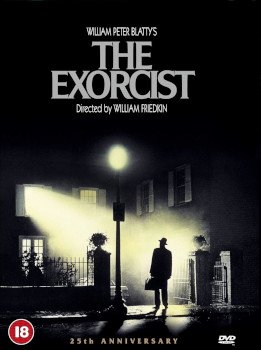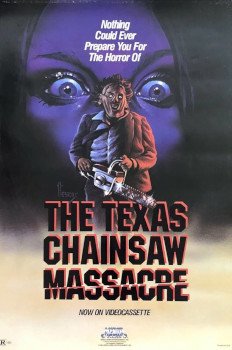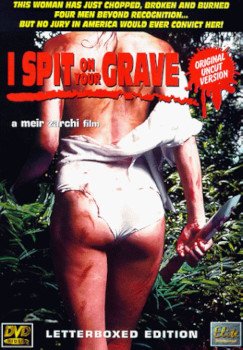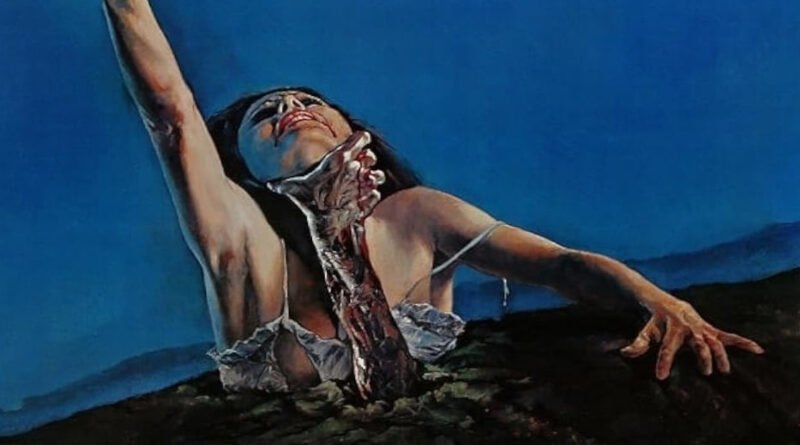10 Horror Movies That Were Banned
Horror movies have always pushed boundaries—psychologically, emotionally, and culturally. But some go so far they cross into forbidden territory. Over the decades, various governments and censorship boards have slapped bans on certain horror films, often citing extreme violence, religious offence, or moral panic.
Here are 10 horror movies that were banned around the world—and the reasons why they were considered too dangerous to screen.
Cannibal Holocaust (1980)
Banned in: Over 50 countries (including Italy, Australia, and the UK)
Why: This film is infamous for its brutal realism. Scenes of animal cruelty (real, not simulated) and extreme gore led to bans. Director Ruggero Deodato was even charged with obscenity and suspected of making a snuff film until he proved the actors were alive.

The Exorcist (1973)
Banned in: Some cities in the UK and parts of the Middle East
Why: Religious groups condemned the film’s depiction of demonic possession and Catholic rituals. Its disturbing visuals and audio—especially from the mouth of a possessed 12-year-old girl—were too much for some censors, particularly in more conservative regions.

The Texas Chain Saw Massacre (1974)
Banned in: UK, Germany, Brazil, and others
Why: Despite minimal on-screen gore, its intense tone, raw aesthetic, and suggestion of sadistic violence caused moral outrage. Several countries banned it for encouraging “psychological harm” and glorifying murder.

A Serbian Film (2010)
Banned in: Spain, New Zealand, Norway, and others
Why: This Serbian shock-horror goes to nightmarish extremes, involving necrophilia, pedophilia, and incest. Its alleged political allegory didn’t spare it from being banned in multiple countries for what was deemed indefensible content.

The Human Centipede 2 (Full Sequence) (2011)
Banned in: UK (initially), Australia
Why: The British Board of Film Classification (BBFC) originally refused it classification due to “revolting” sexual violence and mutilation. The film only received release after significant cuts.

Faces of Death (1978)
Banned in: Australia, New Zealand, UK
Why: Mixing real footage (autopsies, accidents) with staged death scenes, this pseudo-documentary claimed to show actual human deaths. It was labelled tasteless and misleading, contributing to a moral panic during the VHS era.

Grotesque (2009)
Banned in: UK
Why: This Japanese splatter film focuses on a couple being tortured by a sadistic doctor. The UK censors stated it had “no redeeming artistic merit” and existed solely to portray pain and degradation.

I Spit on Your Grave (1978)
Banned in: Ireland, Norway, Iceland, UK
Why: Featuring a prolonged and graphic rape-revenge plot, it ignited feminist backlash and censorship alike. Though later reevaluated by some as an empowering revenge narrative, its initial release was too raw for many markets.

Salò, or the 120 Days of Sodom (1975)
Banned in: Australia, UK, New Zealand
Why: Based on the writings of Marquis de Sade, Pier Paolo Pasolini’s film includes torture, sexual abuse, and fascist cruelty. It was banned for years due to its unrelenting nihilism and depictions of sexual violence involving minors.

The Evil Dead (1981)
Banned in: UK (as part of the “Video Nasties” list)
Why: Sam Raimi’s now-iconic cult classic was caught in the UK’s 1980s crackdown on horror VHS tapes. Its blood-soaked mayhem and demonic possession themes were enough to get it blacklisted for several years.

Final Thoughts
What gets a movie banned says as much about society as it does about the film. While many of these titles are now available uncut, their histories remind us that horror isn’t just entertainment—it’s a cultural battleground. Whether they were pushing artistic boundaries or merely going for shock value, these films dared to cross the line—and paid the price.




